Report on Nosocomial Infection: Causes, Transmission, and Control
VerifiedAdded on 2022/08/10
|5
|574
|348
Report
AI Summary
This report provides an overview of nosocomial infections, also known as hospital-acquired infections (HAIs). It identifies the sources of infection, which include bacteria, viruses, and fungi, and differentiates between endogenous and exogenous infections. The report highlights the common types of HAIs, such as urinary tract infections, surgical site infections, and respiratory infections, along with their transmission routes. The report also discusses the importance of prevention methods, including sterilization, isolation, and hand hygiene. It references the Centers for Disease Control and Prevention (CDC) and provides information on the prevalence of HAIs. Modern sanitation methods like hydrogen peroxide vapor and ultraviolet cleaning are also mentioned. Antibiotics and antibacterials are used for treatment. The report emphasizes the critical role of hygiene and sanitation in preventing the spread of HAIs within healthcare settings.
1 out of 5
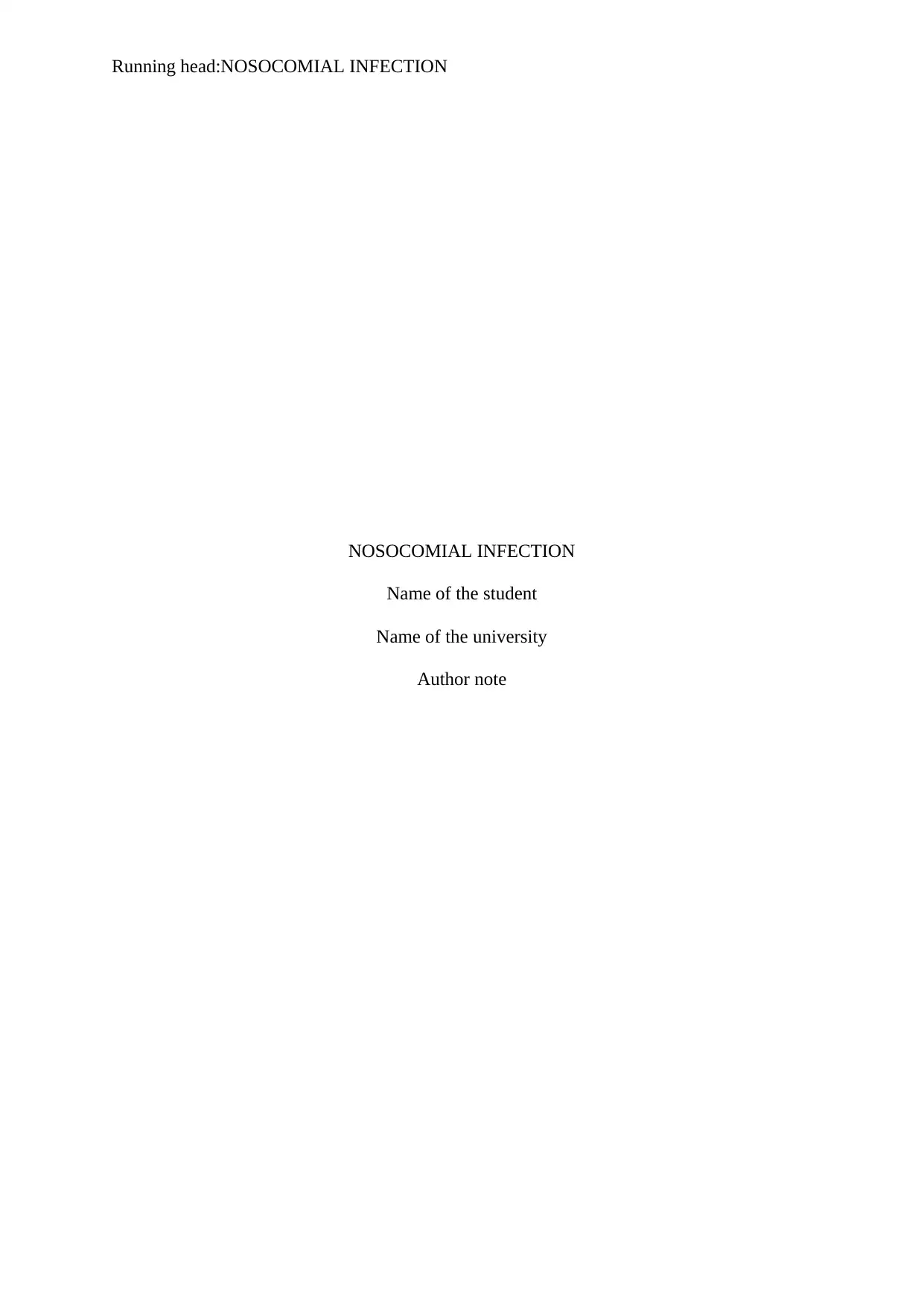
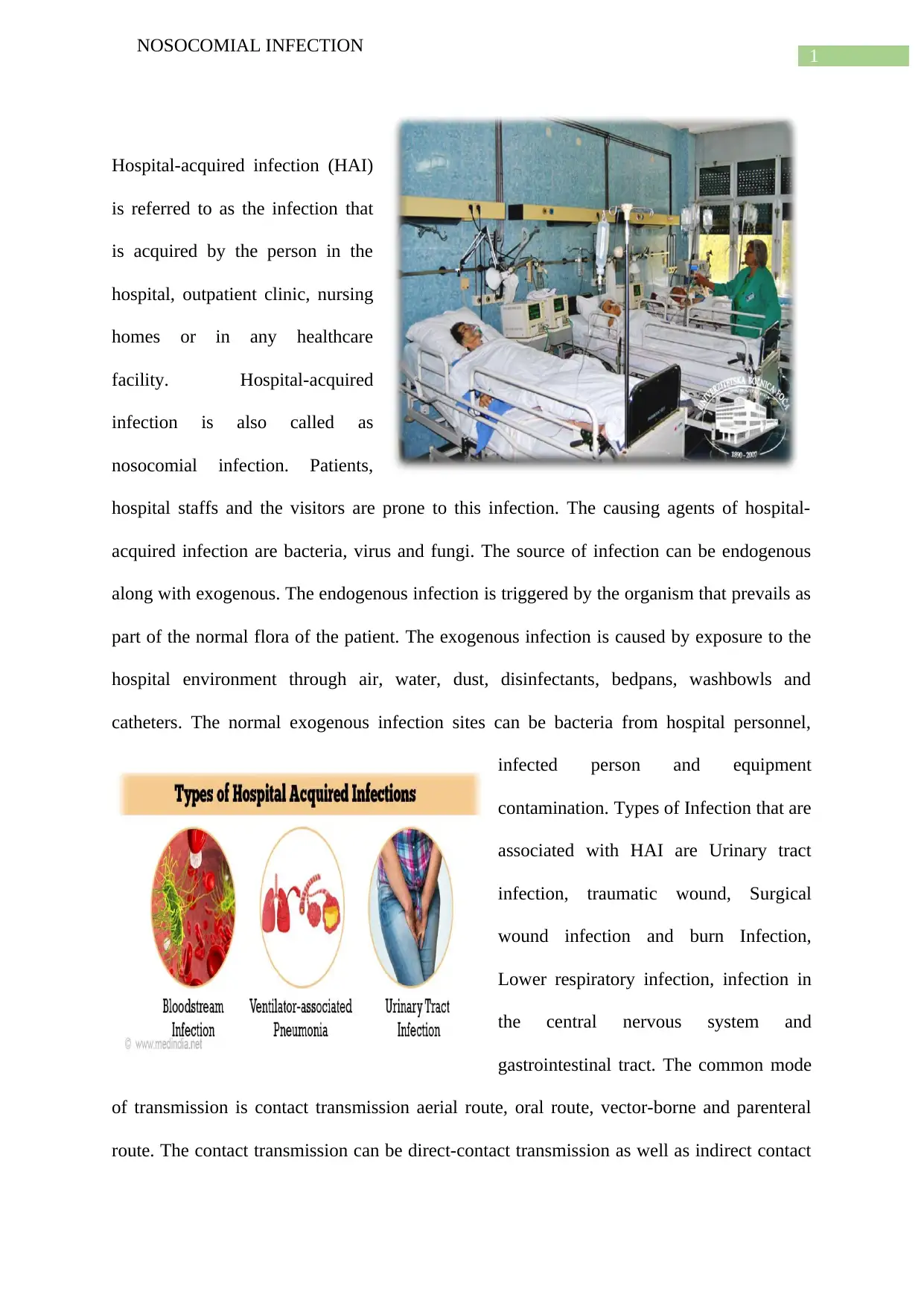
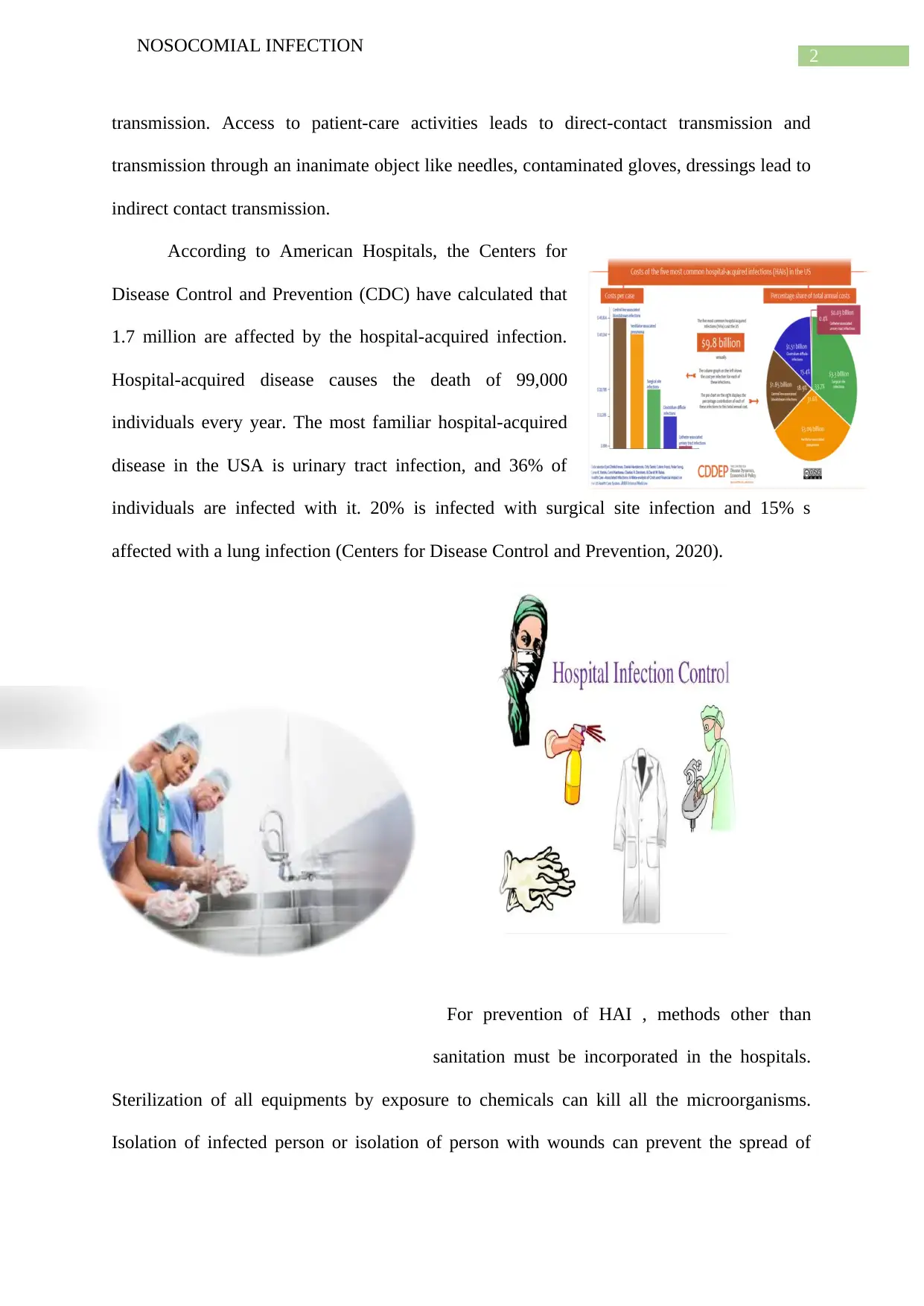

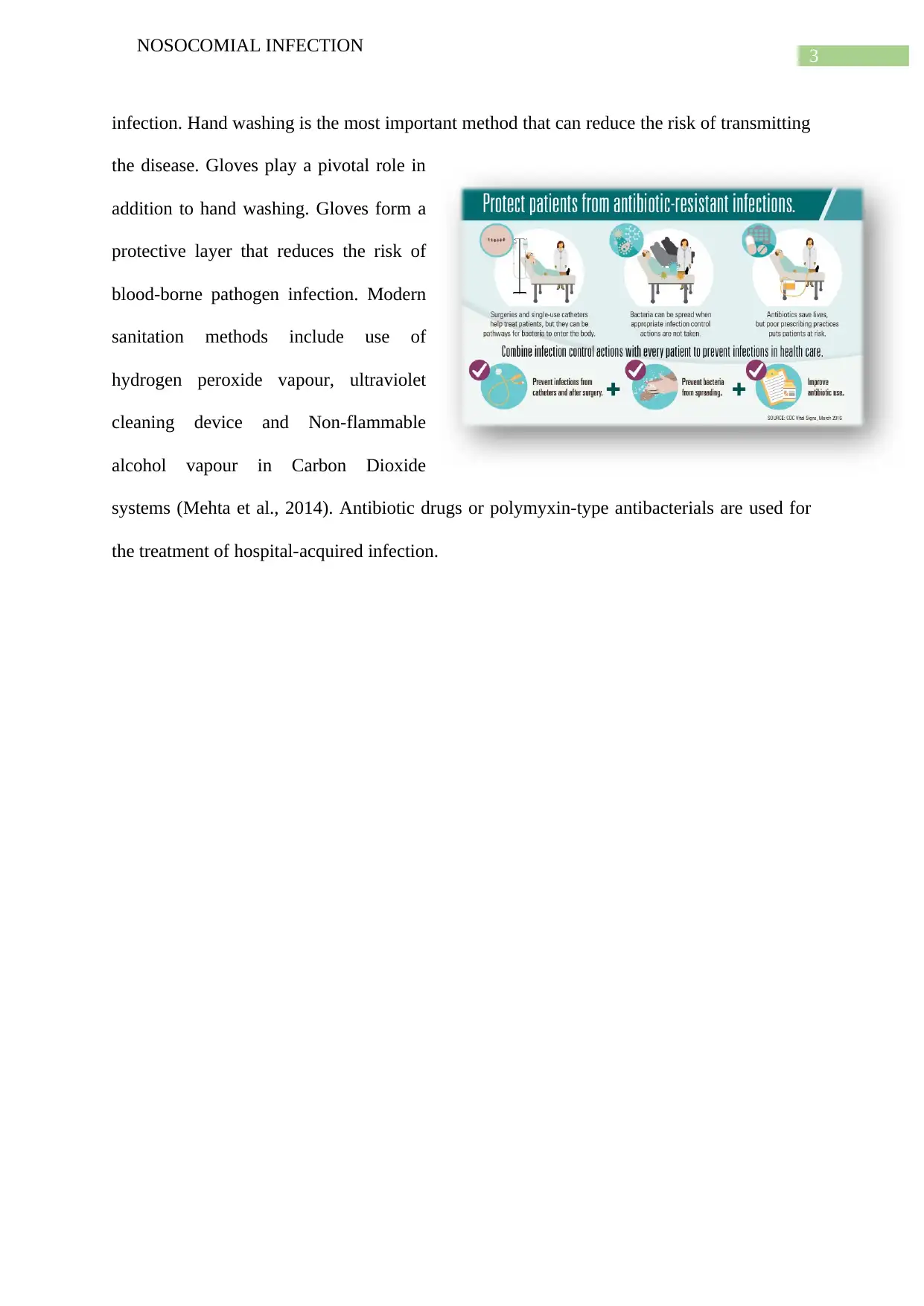
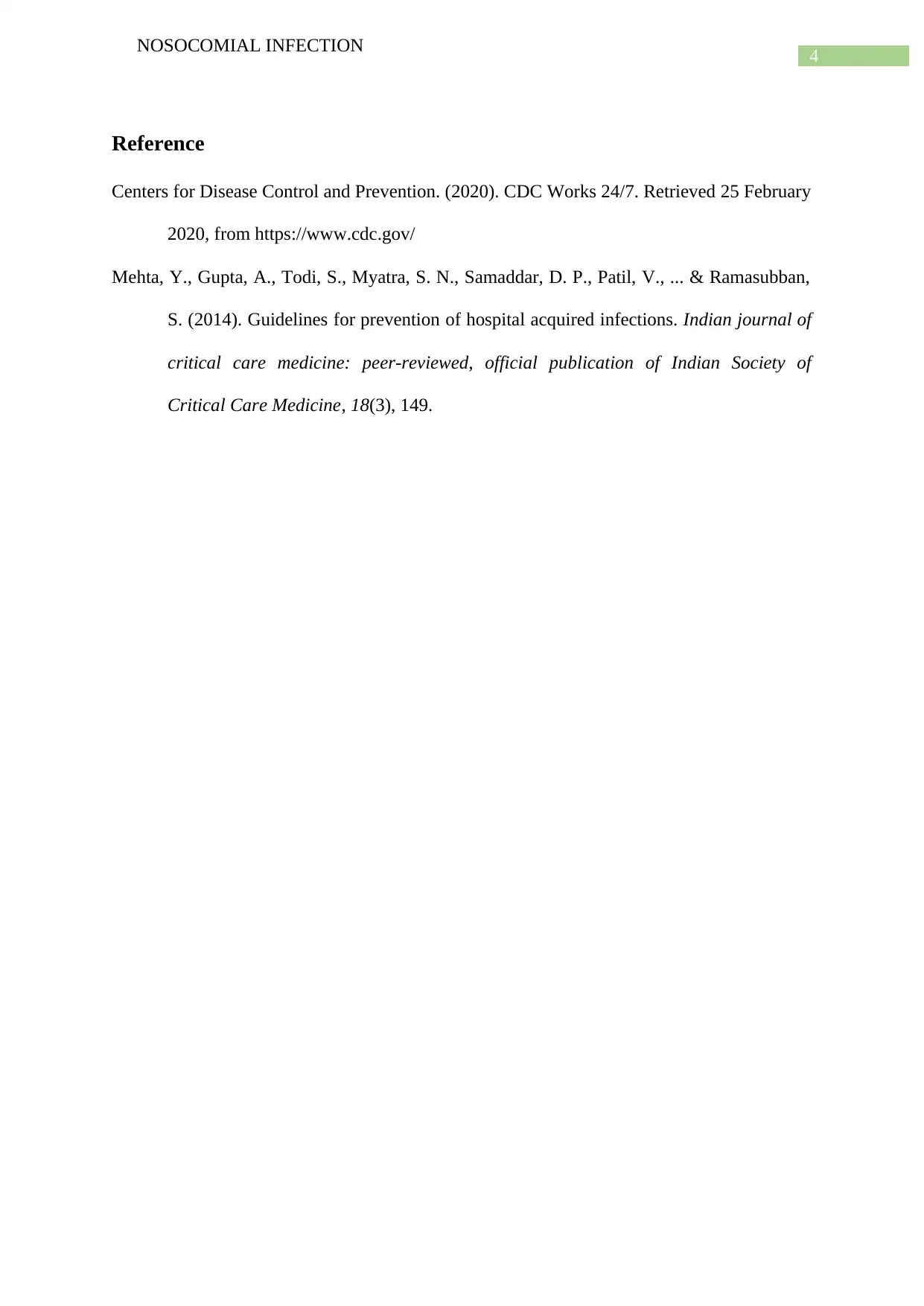






![[object Object]](/_next/static/media/star-bottom.7253800d.svg)